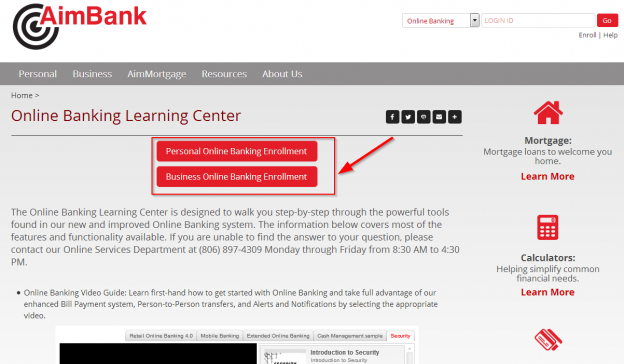

Where the underlying asset being leased is a tangible asset, should the ROU asset be included in risk-based capital and leverage ratio denominators?Īnswer: Yes, the ROU asset should be included in the risk-based capital and leverage denominators.Is the lessee's recognised asset under the new lease accounting standards (the ROU asset) an asset that is tangible or intangible?Īnswer: For regulatory capital purposes, an ROU asset should not be deducted from regulatory capital so long as the underlying asset being leased is a tangible asset. Most intangible assets are deducted from regulatory capital, while tangible assets generally are not.

The following questions arise for banks in their capacity as lessees. While there are some differences between the IASB and FASB versions of the new lease accounting standards, they are consistent on the most fundamental change - they both require that most leases will be reflected on a lessee's balance sheet as an obligation to make lease payments (a liability) and a related right-of-use (ROU) asset (an asset). 1 Both standards are effective as of 1 January 2019 for calendar year-end entities, with early adoption permitted within the standards. In 2016, the International Accounting Standards Board (IASB) and the Financial Accounting Standards Board (FASB) revised the accounting for lease transactions. The Basel Committee today issued responses to Frequently Asked Questions (FAQs) related to the changes to lease accounting promulgated by the International Accounting Standards Board (IASB) and the Financial Accounting Standards Board (FASB).


 0 kommentar(er)
0 kommentar(er)
